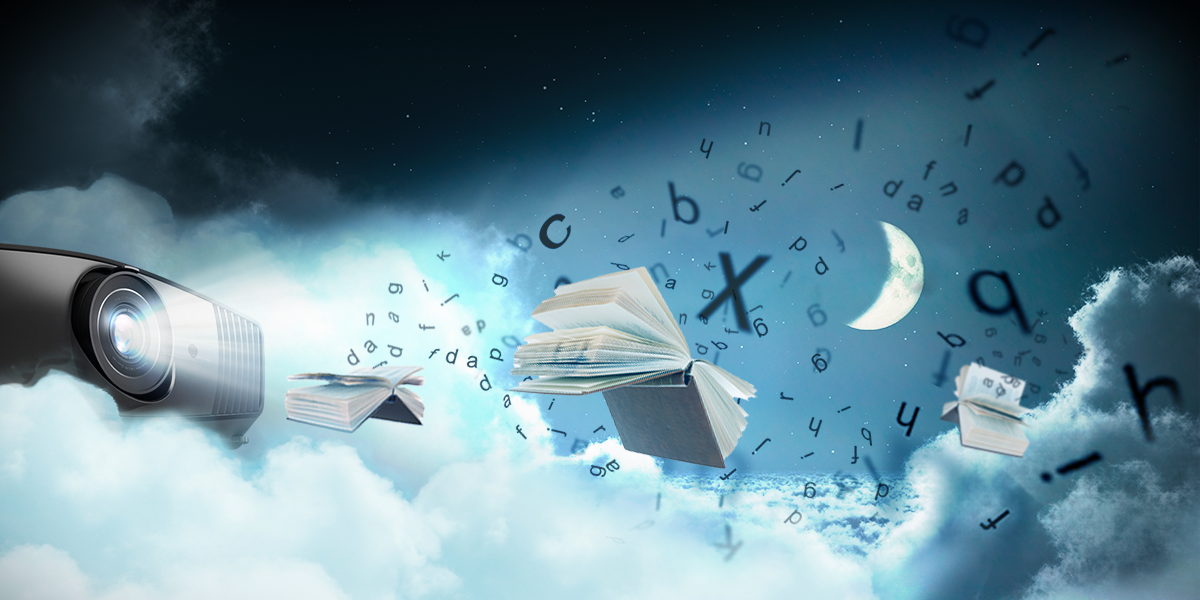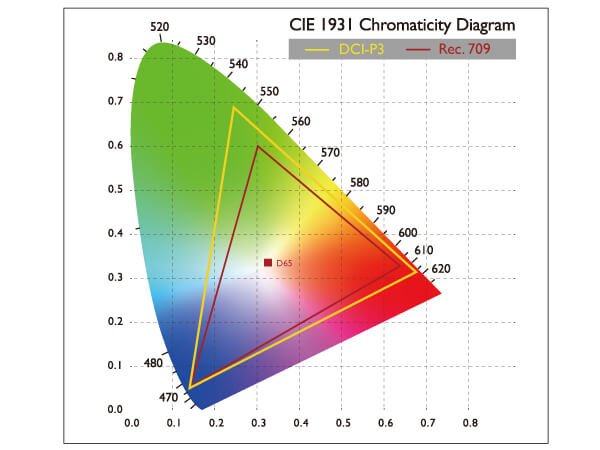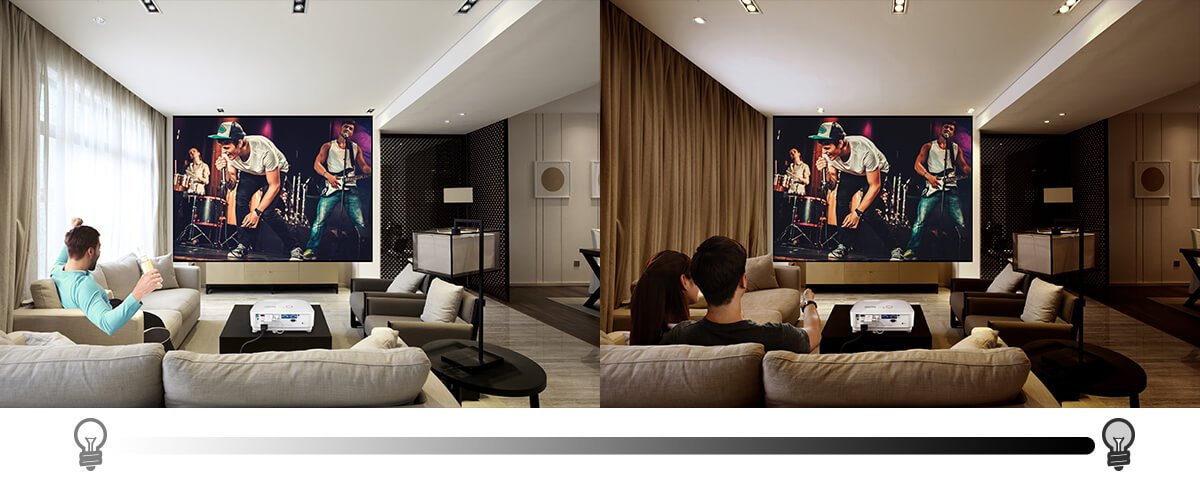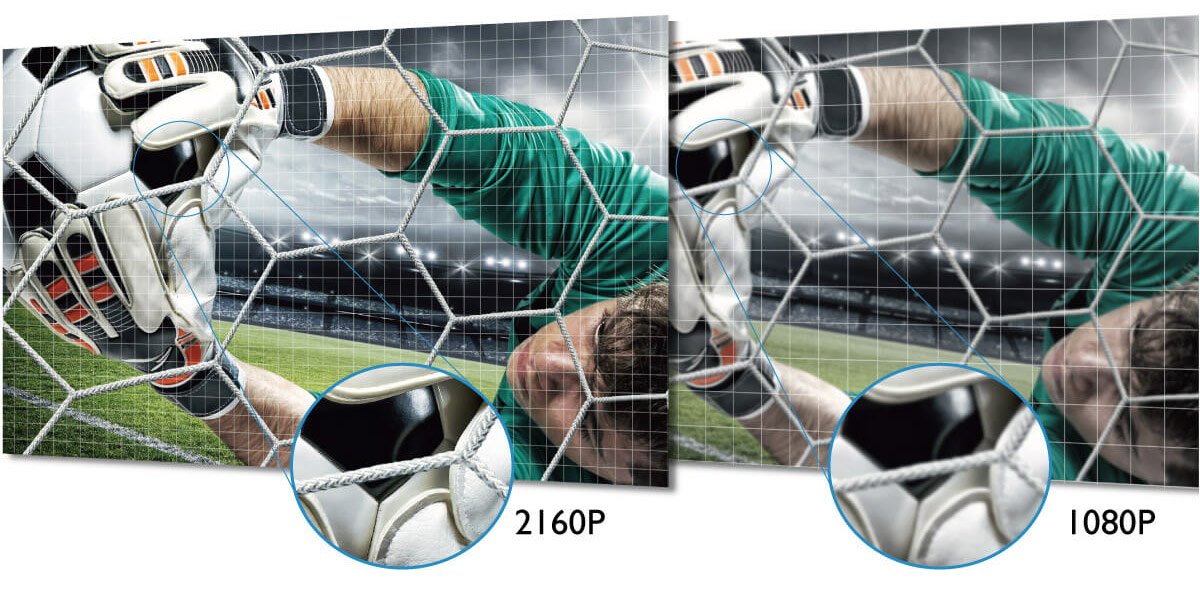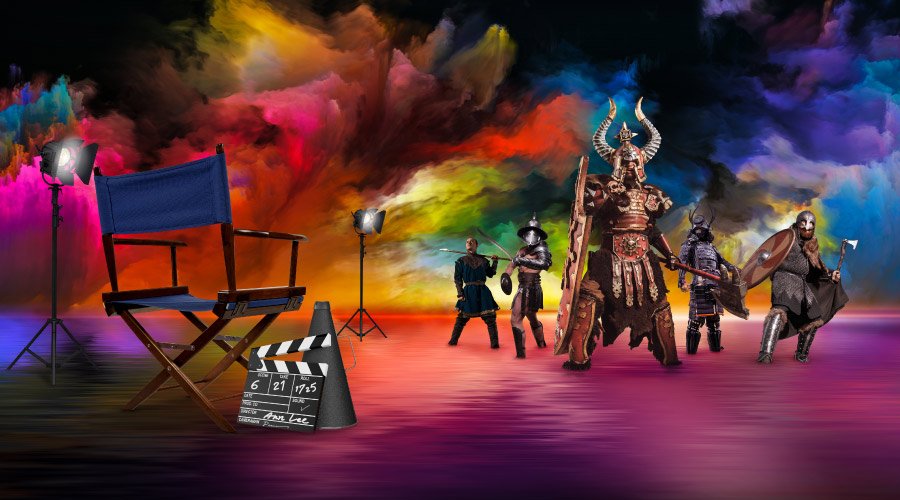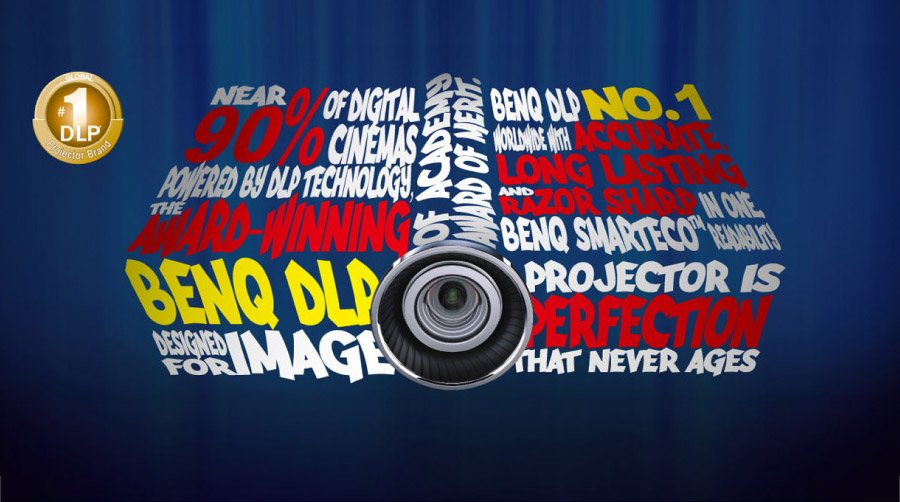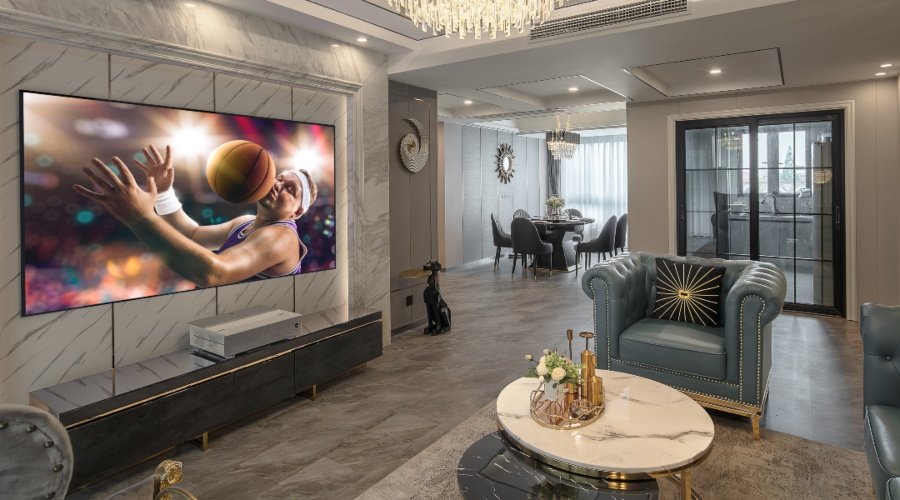A high contrast ratio means that there is a greater difference between the brightest and darkest parts of an image, resulting in a more dynamic and detailed picture. A low contrast ratio, on the other hand, can make the image look washed out and lack detail. Contrast ratios describe the amount of white per unit of black, for example, 30,000:1. For example, if you're watching a movie on a projector with a low contrast ratio, the black areas of the image may appear more like grey, and the white areas may lack brightness and appear dull. This can make it harder to see details in dark or bright scenes, resulting in a less immersive viewing experience. In contrast, a projector with a high contrast ratio can produce deeper blacks and brighter whites, creating a more vivid and engaging picture. This is especially important for movies with many dark scenes, where details can be lost if the contrast ratio is too low.
